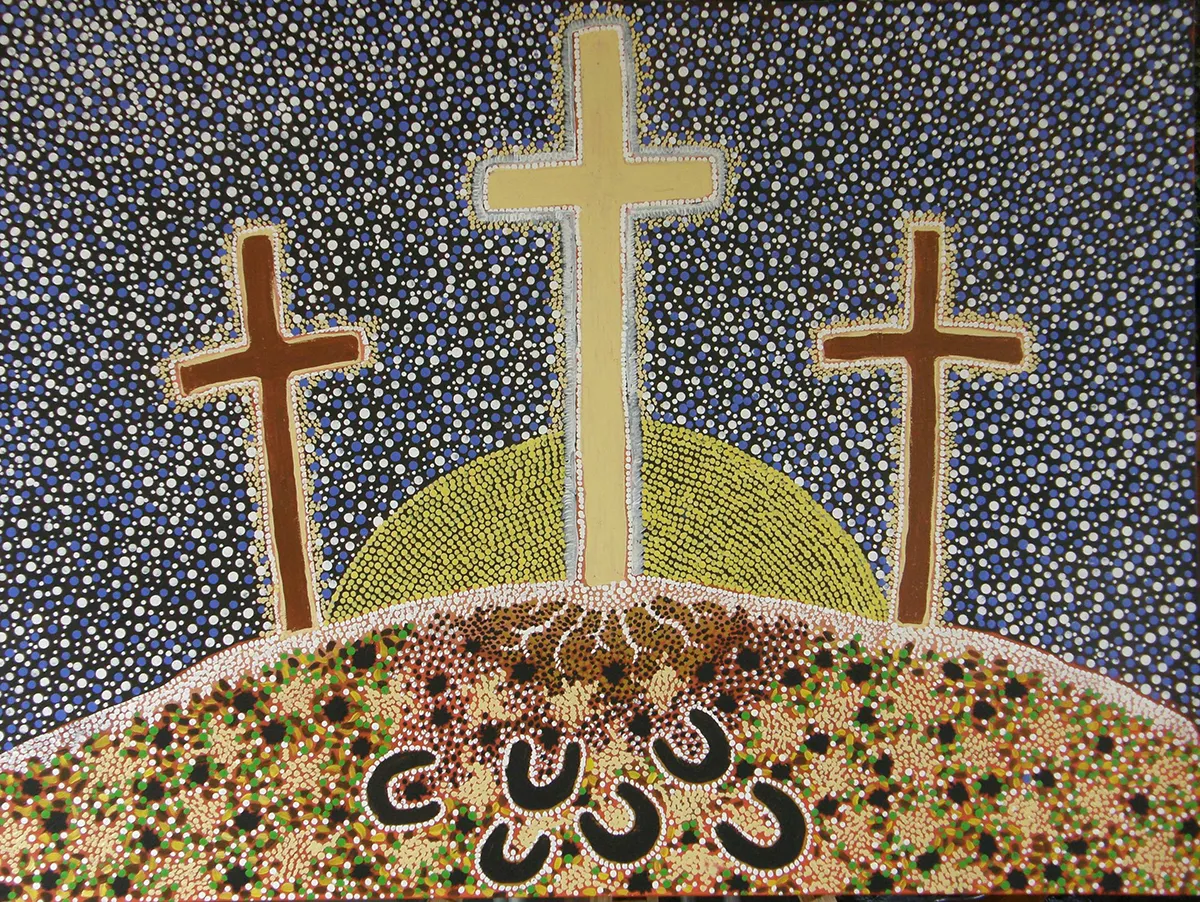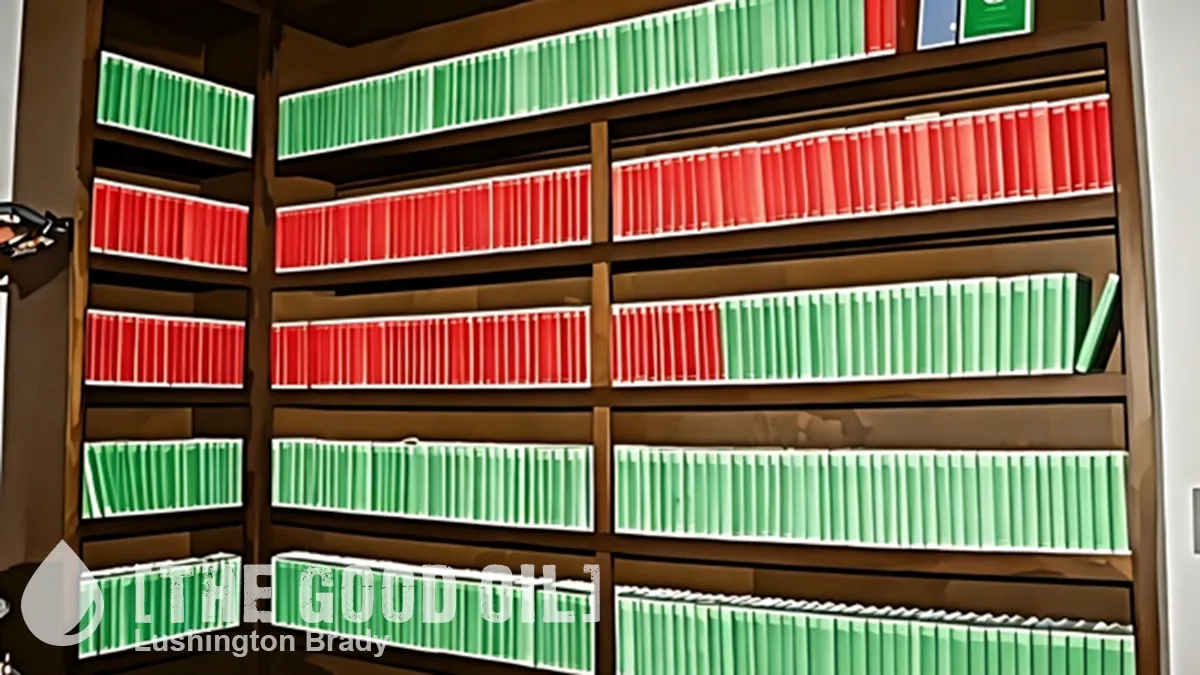For 2,000 years, the history of Western civilisation has been inextricably intertwined with Christianity. In the last century or so, that nexus has stretched, mostly under the assault of virulently anti-religious Marxism, but the intrinsically Christian bedrock of Western culture remains. Almost no one fails to recognise the symbol of the Cross – but that’s far from the only Christian symbol.
But, even if they’re recognisable, the meanings of everything from that fish bumper-sticker to the All-Seeing Eye that Americans see every day on the dollar bill are often obscure. Others are completely misunderstood.
Firstly, the familiar Latin Cross isn’t the only cross symbol.
The crucifix (where the image of Jesus is depicted on the cross) is not adopted by every Christian denomination. This is especially true for Protestants, who view the Catholic crucifix as an emphasis on Christ’s death, instead of his resurrection.
The Russian Orthodox cross […] has two extra crossbeams when compared to the Western cross. The top beam is where the sign “Jesus of Nazareth, King of the Jews” was placed. The second is where Christ’s arms were, and the bottom one is said to represent Christ’s footrest.
The direction of the lower beam has to do with the faith of the two thieves who were crucified alongside Jesus. One (St Dismas) went to heaven, and the other one (Gestas) went to hell.
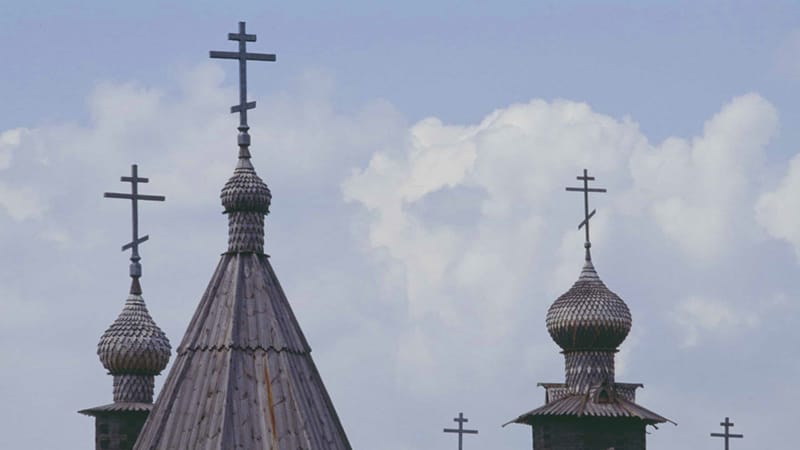
The Orthodox cross is far from the only variation. The Gaelic cross is seen in cemeteries around the world, wherever the Irish diaspora went. The staurogram, or “monogrammatic cross”, comes from an abbreviation of the Greek stauros, “cross”. Anagrams and abbreviations are the sources of many other Christian symbols.
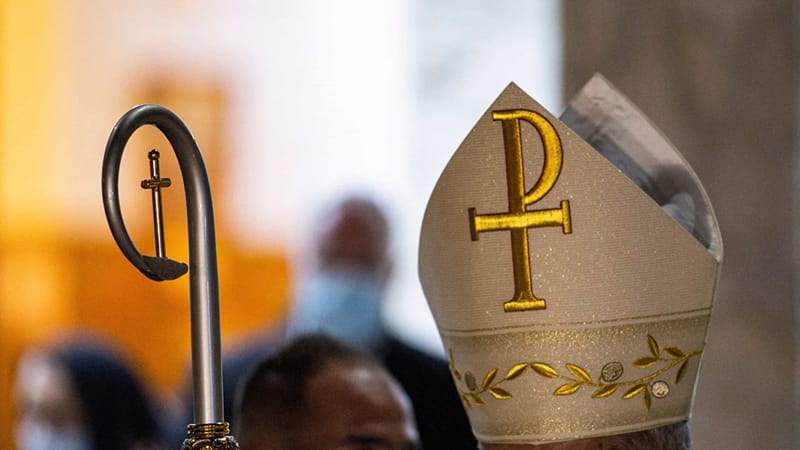
The Chi Rho dates back to the fourth Christian century, when it was borne by soldiers of the first Christian emperor, Constantine. Chi and Rho are the first letters of Christ in the Greek alphabet. Legend has it that divine visitation told Constantine that his soldiers would be victorious if they wore the symbol.
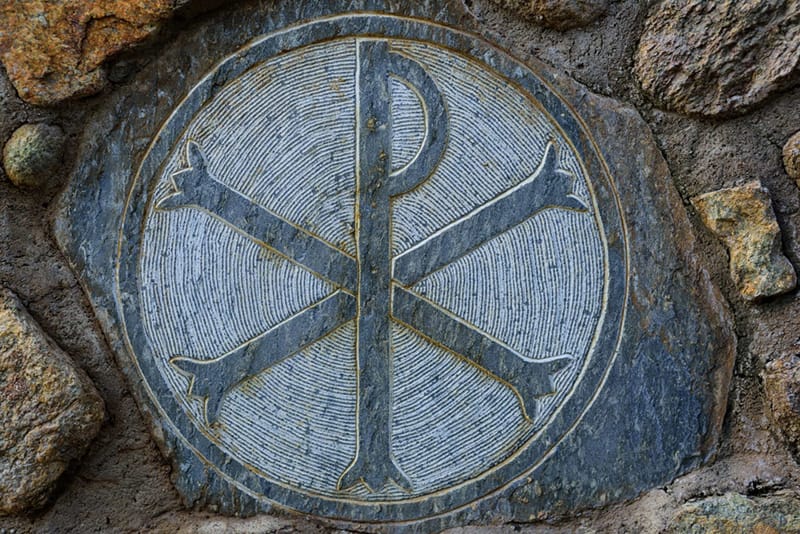
Greek is also the source of the famous fish symbol, as well as another.
Ichthys means “fish” in Greek, but the letters themselves also form an acronym for “Jesus Christ, Son of God, Savior.”
The use of the two intersecting arcs that resemble a fish is widespread throughout the world (think bumper stickers). But this was once used as a covert sign for Christians to identify each other during times of persecution. It was commonly found in hidden places of worship, like catacombs.
The alpha and omega are the first and last letters of the Greek alphabet. They represent Jesus and God, as the beginning and the end.
It is essentially a symbol for God’s infiniteness. It is mentioned in Revelation 21:6 – He said to me: “It is done. I am the Alpha and the Omega, the Beginning and the End. To the thirsty I will give water without cost from the spring of the water of life.”
Stars Insider
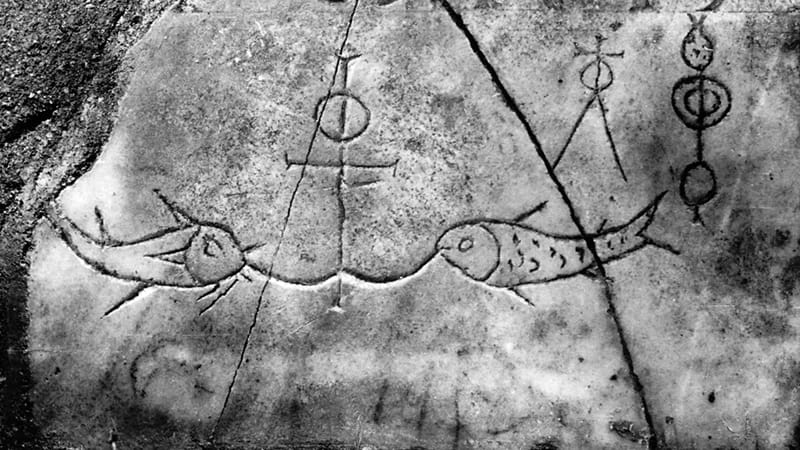
The lamb – or Agnus Dei, “Lamb of God” is another common Christian symbol. The Bible abounds with imagery of flocks, sheep and lambs. In the Gospel of John, Jesus is “the Lamb of God, who takes away the sin of the world”. Revelation features some trippy lamb imagery (surrealistically rendered by Ken Russell in Altered States).

Perhaps the most misunderstood cross symbol is the inverted cross. Legions of metalheads might be disappointed to learn that, rather than Satanism, the inverted cross is the symbol of St Peter, who was crucified upside-down in Rome.
Even the Ankh symbol so beloved of hippies and New Agers, despite its origins in pantheistic Ancient Egypt, came to be adopted into Coptic Christianity.
An Egyptian hieroglyphic symbol for “life” or “breath of life” (`nh = ankh) […] the ankh symbolizes both mortal existence and the afterlife. It is one of the most ancient symbols of ancient Egypt, often seen with the djed and was symbols, carried by a multitude of the Egyptian gods in tomb paintings and inscriptions and worn by Egyptians as an amulet.
The ankh’s association with the afterlife made it an especially potent symbol for the Coptic Christians of Egypt in the fourth century CE who took it as their own.
World History Encyclopedia
The ankh also bears a striking resemblance to the staurogram.
But other symbols common in occultism are also Christian symbols. Most surprisingly, perhaps, the ancient eye-in-the-triangle.
Also known as the All-Seeing Eye, it is a symbol many people associate with the Freemasons. But despite its use by Freemasonry, the roots of the Eye of Providence are Christian.
Sirach 23:19 says that “the eyes of the Lord are 10,000 times brighter than the sun”. And this image has been depicted in numerous Christian works of art, particularly during the Late Renaissance.
An example includes the 1525 painting Supper at Emmaus by the Italian painter Pontormo.
Stars Insider
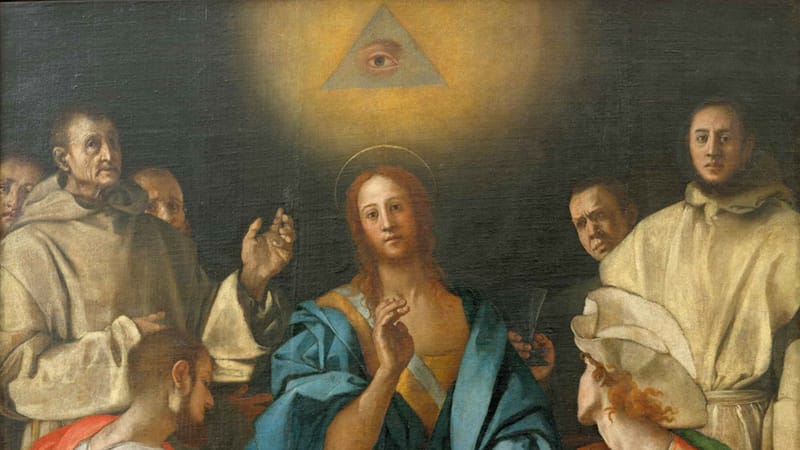
A more recent ancient non-Western symbol adopted into Christianity comes from further south on the African continent than Egypt. The Gye Nyame was originally used to represent the god of the Akan people of Ghana. Fittingly, as Africa becomes one of the modern redoubts of Christianity, it has been adopted as a symbol of the Christian God.


